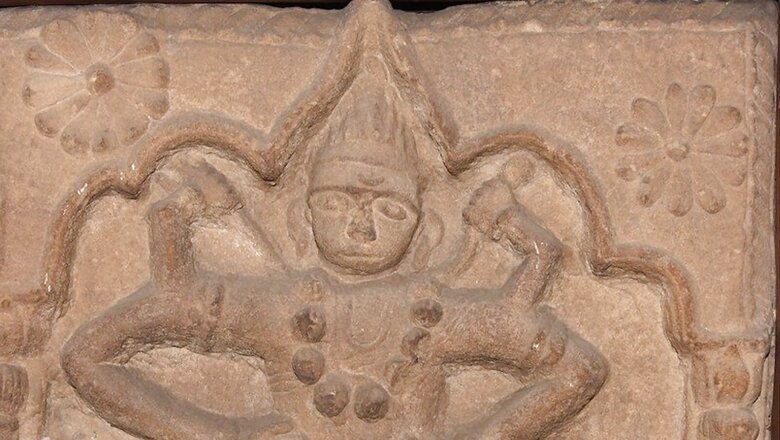
views
Museums in Glasgow signed an agreement with the Indian government to return seven stolen artefacts to India. Glasgow Life is a charitable organisation that runs the city’s museums. It confirmed the handover earlier this year. The arrangement, however, was formalised at a transfer of ownership ceremony at the Kelvingrove Art Gallery and Museum. It was done in the presence of the Acting Indian High Commissioner to the UK Sujit Ghosh. Six of the items include several 14th Century carvings and 11th Century stone door jams. They were stolen from shrines and temples in the 19th Century. The seventh object is a ceremonial sword and was stolen in 1905 from the collection of the Nizam of Hyderabad by his prime minister.
Indian High Commissioner to the UK Sujit Ghosh while speaking to PTI said that we are delighted that our partnership with Glasgow Life has resulted in a decision to restitute Indian artefacts from Glasgow museums to India. He further added that these artefacts are an integral part of our civilisational heritage and will now be sent back home. We express our appreciation to all the stakeholders who made this possible, especially Glasgow Life and Glasgow City Council.
Most of these objects were removed from temples and shrines in different states in northern India during the 19th century. According to Glasgow Life, all seven artefacts were gifted to Glasgow’s collections.
This development symbolises a significant step for Glasgow as the city continues its positive repatriation history.
Meanwhile, earlier, Prime Minister Narendra Modi visited the United States to address the 76th session of United Nations General Assembly (UNGA) in New York and brought back 157 stolen Indian antiquities. PM conveyed his deep appreciation for the repatriation of antiquities to India by the US.
PM Modi and US President Joe Biden expressed their commitment to strengthen their efforts to combat the theft, illicit trade and trafficking of cultural objects. The list of 157 artefacts included a diverse set of items ranging from the one and a-half metre bas relief panel of Revanta in sandstone of the 10th CE to the 8.5cm tall, exquisite bronze Nataraja from the 12th CE.
Read the Latest News and Breaking News here




















Comments
0 comment